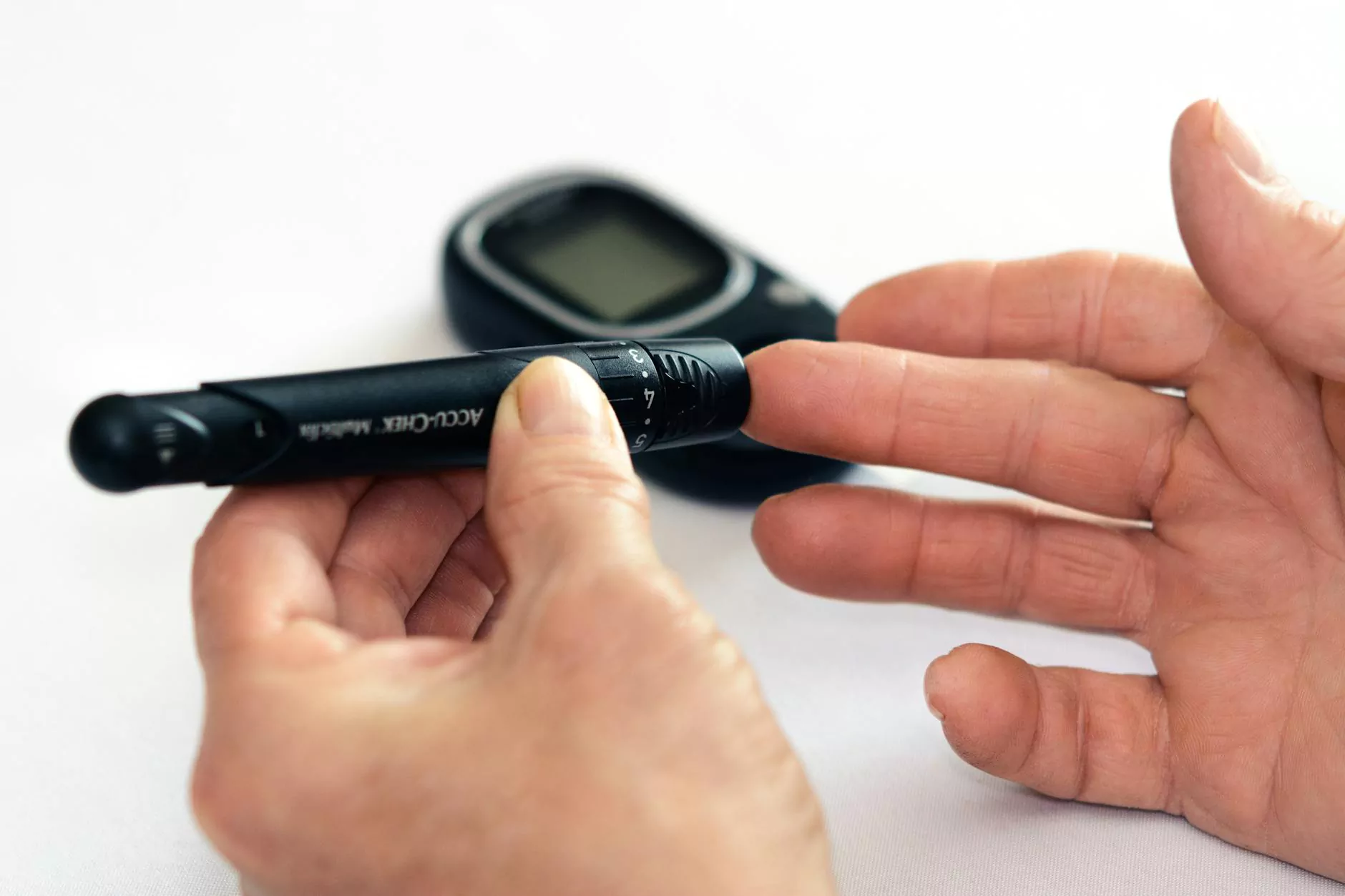Surgical Procedure for Fibroid Removal: A Comprehensive Guide

Fibroids, also known as uterine leiomyomas, are non-cancerous growths that develop in the muscular wall of the uterus. While they are often asymptomatic, some women experience significant symptoms that can impact their quality of life. In such cases, surgical procedures for fibroid removal become essential. This article aims to provide an in-depth understanding of various surgical procedures available for fibroid removal, along with care options available at Dr. Seckin’s Clinic.
Understanding Uterine Fibroids
Uterine fibroids are among the most common benign tumors found in women of reproductive age. They can vary in size, number, and location, and their growth is influenced by various hormonal factors, particularly estrogen.
Types of Uterine Fibroids
- Intramural Fibroids: These fibroids grow within the uterine wall and are the most common type.
- Subserosal Fibroids: Positioned on the outer wall of the uterus, these may bulge into the pelvic cavity.
- Submucosal Fibroids: These fibroids grow just beneath the inner lining of the uterus and can protrude into the uterine cavity.
- Pedunculated Fibroids: These are attached to the uterus by a stalk-like structure and can be either subserosal or submucosal.
Symptoms of Uterine Fibroids
Many women with fibroids may not experience symptoms. However, when symptoms do occur, they can include:
- Heavy Menstrual Bleeding: This can lead to anemia in some cases.
- Painful Periods: Dysmenorrhea can be intensified by the presence of fibroids.
- Pelvic Pressure or Pain: This can affect urinary and bowel function.
- Enlarged Abdomen or Uterus: In some cases, fibroids may cause a noticeable increase in the size of the abdomen.
Indications for Surgical Procedures
Surgery for fibroid removal is typically recommended when:
- The fibroids are causing significant symptoms.
- There is a desire for future fertility and the fibroids may interfere with pregnancy.
- Alternatives like medication or non-invasive treatments have not provided relief.
Types of Surgical Procedures for Fibroid Removal
When it comes to the surgical procedure for fibroid removal, there are several options available. Each has its own advantages and potential risks. Here are the primary surgical methods:
1. Myomectomy
Myomectomy is a surgical procedure aimed specifically at removing fibroids while preserving the uterus. This is ideal for women who wish to retain their fertility.
- Types of Myomectomy:
- Abdominal Myomectomy: This is performed through an incision in the abdomen and is suitable for larger fibroids.
- Hysteroscopic Myomectomy: This minimally invasive technique involves removing submucosal fibroids through the cervix using a hysteroscope.
- Laparoscopic Myomectomy: Performed using small incisions and specialized instruments, this approach is less invasive than abdominal myomectomy.
2. Hysterectomy
A hysterectomy involves the complete removal of the uterus and can be considered when fibroids are particularly large or if there are other significant health concerns.
- Types of Hysterectomy:
- Total Hysterectomy: Removes the entire uterus along with the cervix.
- Partial (Subtotal) Hysterectomy: Only removes the upper part of the uterus, preserving the cervix.
Preparing for the Surgery
Before undergoing any surgical procedure for fibroid removal, a thorough evaluation by a qualified gynecologist is necessary. This includes:
- A comprehensive medical history review
- Pelvic examinations and imaging tests (like ultrasound or MRI)
- Discussion of all available treatment options and their risks and benefits
- Pre-operative blood tests
Risks and Complications Associated with Surgery
As with any surgical procedure, there are potential risks involved. These may include:
- Bleeding during or after surgery
- Infection at the surgical site
- Damage to surrounding organs
- Adhesions or scar tissue formation
- Future pregnancy complications (especially with hysterectomy)
Recovery Process
The recovery timeline varies based on the type of surgery performed. Generally, here’s what to expect:
- Hospital Stay: Myomectomy may require an overnight stay, while laparoscopic methods may allow for same-day discharge.
- Post-Operative Care: Pain management and wound care instructions will be provided by your healthcare team.
- Activity Restrictions: Patients are often advised to limit physical activity for a few weeks, especially heavy lifting or vigorous exercise.
- Follow-Up Appointments: Essential for monitoring recovery and addressing any concerns.
Alternative Treatments to Surgery
While surgery is a common treatment for troublesome fibroids, there are non-surgical alternatives that patients may consider:
- Medication: Hormonal treatments can help manage symptoms.
- Uterine Artery Embolization: A minimally invasive procedure that blocks blood flow to fibroids.
- Focused Ultrasound Surgery: This is a non-invasive treatment that uses high-intensity ultrasound waves to destroy fibroids.
Emotional and Psychological Considerations
Undergoing a surgical procedure can be an emotional experience. Many women experience anxiety and worry about the implications of surgery on their health and future fertility. Seeking support from healthcare professionals, counselors, or support groups can be very beneficial.
Conclusion
In conclusion, understanding the surgical procedures for fibroid removal is crucial for women suffering from the effects of uterine fibroids. Whether considering myomectomy, hysterectomy, or exploring alternative treatments, it is vital to consult a knowledgeable gynecologist who can tailor the approach to your specific health needs.
The journey towards health and well-being from fibroid symptoms can be navigated successfully by leveraging the expertise available at Dr. Seckin’s Clinic. With a strong emphasis on personalized patient care, every step of the treatment process is designed to facilitate healing, health regain, and an improved quality of life.









